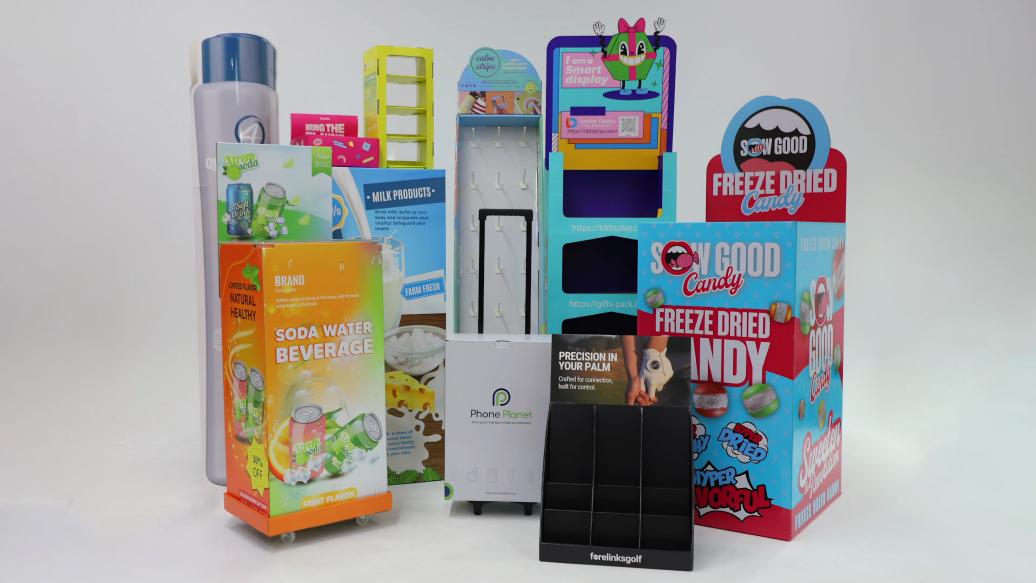Struggling to choose the right printing for your displays? The wrong choice can ruin your brand's look and cost you money. Let's explore the best options for vibrant, effective displays.
The best printing method depends on your needs. For large runs, lithographic (offset) printing offers top quality and color accuracy. For smaller, custom jobs, digital printing provides flexibility and speed, making it ideal for prototypes and targeted campaigns. Both are excellent choices for different reasons.
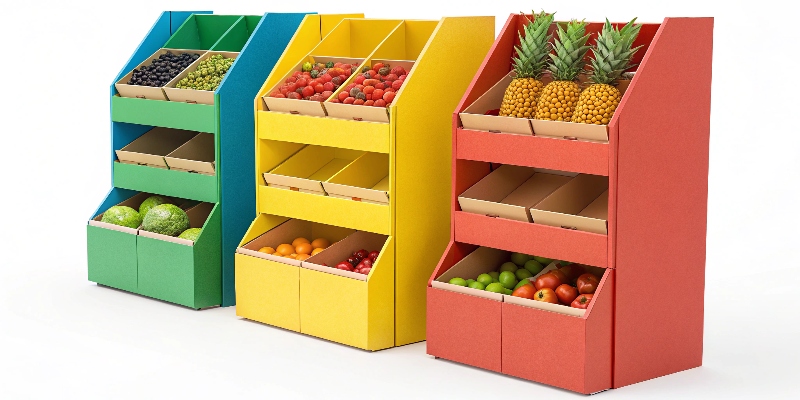
Choosing your primary printing process is just the first step. The specific technique you use can make or break your project's budget and visual impact. I've spent 16 years in this industry, and I've seen firsthand how a small printing decision can have a huge outcome. Understanding the details of each method is key to making a smart decision that aligns with your campaign goals. Let's dive deeper into some specific printing methods to see which one fits your project perfectly.
When is Screen Printing the Best Method for Displays?
Want bold, durable colors on your display? But you're worried about fading or printing on unusual materials? Screen printing offers a robust solution for vibrant, long-lasting graphics.
The best screen printing approach uses UV-cured inks for maximum durability and color pop. This method is great for simple, bold graphics on various materials, like corrugated board. It is especially effective for designs with a few solid colors that need to stand out in a store.
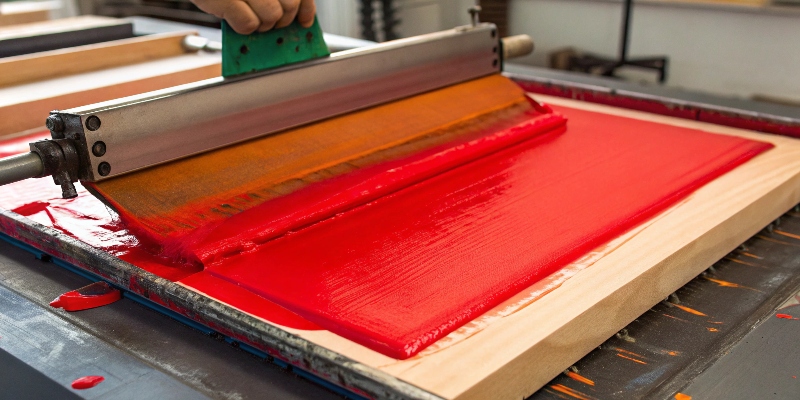
Dive Deeper into Screen Printing
Screen printing is an older technique, but it's still incredibly valuable for specific applications in the display world. It works by pushing ink through a mesh screen onto a substrate. We use a stencil to block out areas where we don't want ink. This process creates a thick, rich layer of color that is hard to achieve with other methods.
The Power of Spot Colors
This is where screen printing truly shines. If you need to match a very specific brand color, like Coca-Cola red or IKEA blue, we can use a pre-mixed spot color ink. This guarantees perfect color accuracy every single time. The thick ink deposit also makes the color look incredibly vibrant and opaque. It's not the best for printing detailed photographs, but for bold logos and text, it's a fantastic and often cost-effective choice for medium-sized runs. It gives a premium, tactile feel that customers notice.
Choosing the Right Ink
The ink you choose matters a lot. In the past, solvent-based inks were common, but we've largely moved to better technology. Today, we almost always recommend UV-cured inks for display stands. UV ink is dried, or "cured," instantly by passing under an ultraviolet light. This makes the process faster and the final print much more resistant to scratches and fading.
| Ink Feature | UV-Cured Ink | Solvent-Based Ink |
|---|---|---|
| Durability | Excellent, scratch-resistant | Good, can scuff |
| Drying Time | Instant | Requires air drying time |
| Color Vibrancy | High | Good |
| Environmental | Lower VOCs | Higher VOCs |
What is the most popular commercial printing method used?
Need high-quality prints for a large volume of displays? But you can't sacrifice color consistency or fine details? Offset lithography is the industry standard for a reason.
Offset lithography1 is the most popular commercial printing method for high-volume projects2 like retail displays. It delivers exceptional image quality, precise color reproduction3, and becomes more cost-effective as the quantity increases. It's the go-to choice for major brand campaigns that need thousands of identical displays.
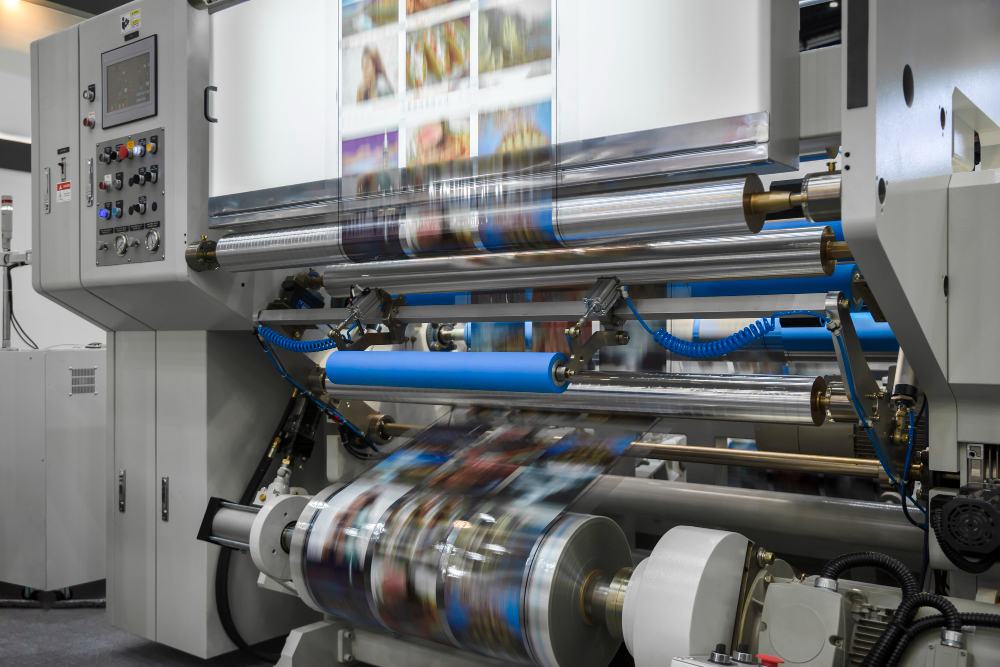
Dive Deeper into Offset Printing
When a major brand needs to launch a product in hundreds or thousands of stores, they turn to offset printing. I've managed countless projects using this method. The process involves transferring an image from a metal plate to a rubber blanket, and then onto the printing surface. It sounds complex, but this indirect process results in incredibly sharp, clean images and type.
Achieving Perfect Brand Colors
This is the core strength of offset printing. We can print using the standard four-color process (CMYK4) to reproduce photographs and complex graphics with amazing accuracy. More importantly, we can add spot color stations5 for those critical brand colors. Our advanced color management systems ensure that the color on the thousandth display perfectly matches the first one. I remember a client in the cosmetics industry whose signature pink had to be perfect. We ran press checks with them standing right there to sign off on the color before starting the full run. That level of control is why offset printing is trusted for professional results.
The Economics of Scale6
Offset printing has a higher initial setup cost. We have to create a custom printing plate for each color in the design. Because of this, it's not economical for just one or two displays. However, once the press is running, the cost per display becomes very low. The more you print, the cheaper each unit gets. This makes it the undisputed champion for large-scale retail rollouts where consistency and quality are paramount. The final prints are beautiful and consistent.
Which type of printer is commonly used for printing receipts in retail stores?
Ever wondered about the printers at checkout? It's a different world from display printing, and confusing them can be a big mistake. Let's clarify the technology and why it is different.
For receipts, retail stores commonly use thermal printers7. These printers use heat to create an image on special thermochromic paper. They are fast, quiet, and cheap for single-color text. But they are not suitable for high-quality, full-color retail displays at all.
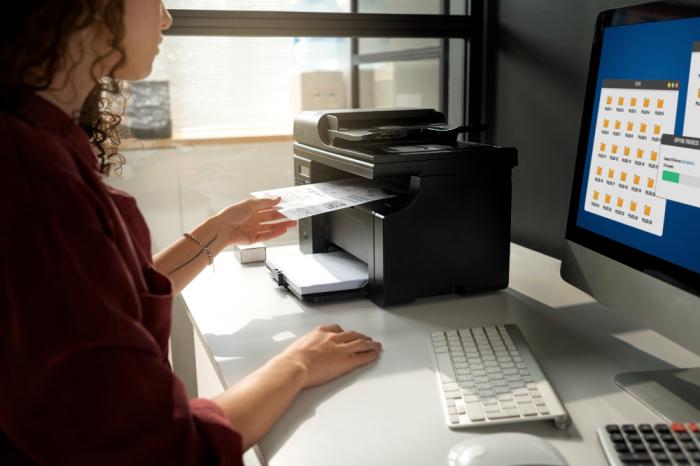
Dive Deeper into Point-of-Sale Printers
It's useful for designers like us to understand all aspects of the retail environment, including the humble receipt printer. This technology is fascinating, but it serves a completely different purpose than the printing we do for marketing and product displays. It is important to know why we can't use this technology for our work.
How Thermal Printing Works
The printers you see at most cash registers are "direct thermal" printers. They don't use any ink, toner, or ribbons. Instead, they use a heated printhead that presses against special paper. This paper is coated with a chemical that turns black when heated. The printer selectively heats tiny dots to form letters and numbers. This process is very fast and requires very few moving parts, which makes the printers reliable and cheap to operate. It is perfect for printing simple transaction records quickly.
Why This Isn't for Your Display Stand
You would never use thermal printing for a retail display. The reasons are pretty clear. First, the output is almost always monochrome, usually black. Second, the image quality is very low and not suitable for professional graphics. Most importantly, the "paper" is not durable. It's thin and, because it's heat-sensitive, the print can fade quickly if exposed to sunlight or heat. Our cardboard displays need to be strong and look great for weeks or months. We need printing methods8 that work on durable corrugated board and produce vibrant, lasting colors.
Which is better for commercial printing?
Torn between digital and offset printing for your next project? Choosing incorrectly can waste your time and budget. The best choice depends entirely on your specific project needs.
Neither digital nor offset is universally "better." The best method depends on your project. Offset printing is better for large quantities where low cost per unit is key. Digital printing is better for short runs, quick turnarounds, and projects needing personalization.

Dive Deeper into the Final Choice
As a display manufacturer, this is the question I help my clients answer every single day. The "best" choice is the one that meets your goals for quality, speed, quantity, and budget. Both modern digital presses and traditional offset presses produce fantastic results, but they are designed for different jobs.
Making the Right Choice for Your Campaign
Let's break it down with a simple checklist. Think about your project and see which column fits best.
| Factor | Choose Digital Printing If... | Choose Offset Printing If... |
|---|---|---|
| Quantity | You need 1 to 500 displays. | You need 500+ displays. |
| Timeline | You need a very fast turnaround. | You have a standard production timeline9. |
| Budget | Your budget is tight for a small run. | You need the lowest cost per piece on a large run. |
| Customization | Each display needs a unique graphic or text. | All displays need to be identical. |
| Proofing | You want an exact sample before the run. | A printed color proof is sufficient. |
Protecting Your Investment After Printing
After we've chosen the perfect printing method and produced a beautiful display, our job isn't done. We have to make sure it arrives at the store in perfect condition. This is where professional packaging10 becomes critical. For many of our overseas clients, we insist on palletizing11 the shipment. This means we stack the flat-packed displays neatly on a wooden pallet and then securely wrap them. This small step prevents the corners from getting crushed and the printed surfaces from getting scratched during transit. A perfectly printed display is useless if it arrives damaged. Thinking about the entire journey, from the printing press to the retail floor, is a key part of our service.
Conclusion
Choosing the right printing, from offset to digital, is critical for your display's success. Your project's volume, timeline, and budget will determine the best fit to represent your brand.
-
Explore the intricacies of Offset lithography, the leading method for high-volume printing, and its benefits for brand campaigns. ↩
-
Learn about the significance of high-volume projects and how they impact printing choices and costs. ↩
-
Discover the techniques behind color reproduction in offset printing, ensuring brand colors are perfectly matched. ↩
-
Understand the CMYK color model, essential for achieving vibrant prints in offset printing. ↩
-
Find out how spot color stations enhance brand color accuracy in offset printing. ↩
-
Explore how the Economics of Scale affects printing costs and efficiency in large projects. ↩
-
Get insights into thermal printers, their technology, and why they are not suitable for high-quality displays. ↩
-
Explore various printing methods to determine the best fit for your project needs. ↩
-
Explore how production timelines influence the decision between digital and offset printing. ↩
-
Learn about the critical role of packaging in ensuring printed materials arrive in perfect condition. ↩
-
Understand the importance of palletizing in protecting printed displays during transit. ↩



